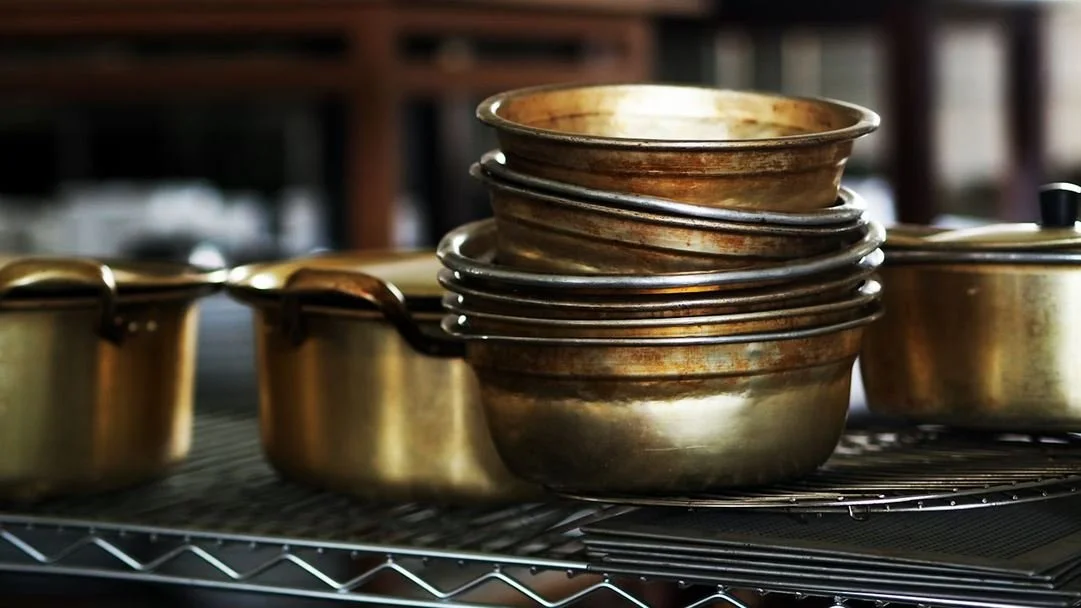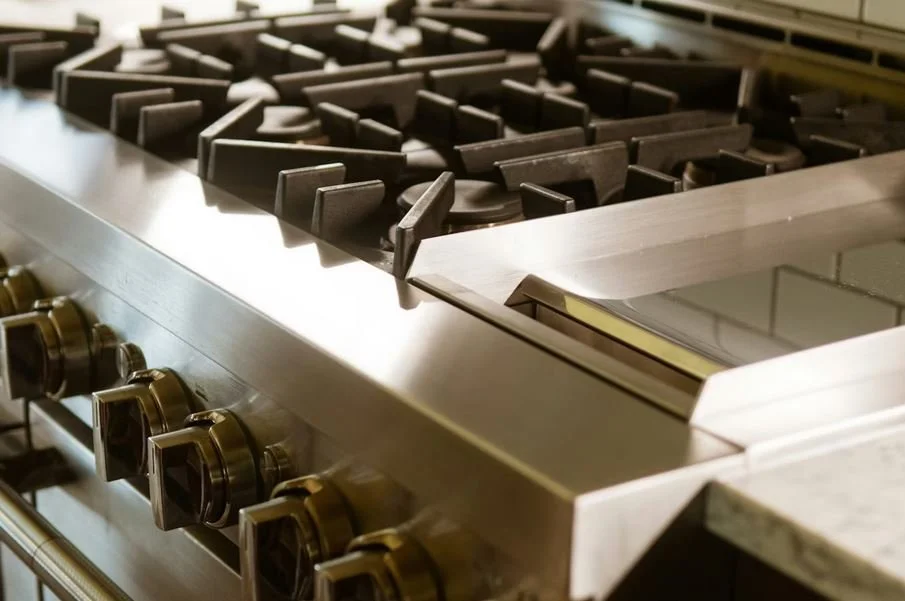Can You Use Magic Eraser On Stainless Steel?
If you’ve ever glanced at your stainless steel fridge or oven and noticed fingerprints, smudges, or stubborn water spots, you know the struggle of keeping it spotless.
Stainless steel looks sleek and modern, but it can be a magnet for everyday mess.
Enter the Magic Eraser, that little white sponge that promises to get rid of tough stains with almost no effort.
But can you actually use it on stainless steel without wrecking the surface?
The short answer is yes, but you need to be careful. It’s not a guaranteed win every time, and using it wrong can leave dull patches or tiny scratches.
In this post, I’ll show you how to use a magic eraser on stainless steel like a PRO.
Is It Safe To Use A Magic Eraser On Stainless Steel?
Yes, you can use a Magic Eraser on stainless steel but you need to be cautious.
If you’re dealing with brushed stainless steel, the kind that has tiny lines etched into it, a Magic Eraser can usually handle minor stains without leaving noticeable damage.
But shiny or mirror-finish stainless steel is more sensitive. Using an eraser aggressively here can dull the surface, making it look patchy.
Magic Erasers are best for small, targeted jobs. You don’t want to scrub the whole fridge door with one. The more pressure you apply, the higher the risk of scratches. And even if you’re careful, it’s always a good idea to follow up with a polish or oil to restore that gleam.
Also Read: Can I Use Acetone On Stainless Steel?
So yes, it’s safe in some situations.
But safety comes with rules: know the finish you’re dealing with, apply light pressure, and test before tackling big areas.
When A Magic Eraser Can Be Useful
Magic Erasers are excellent for spots that just won’t budge with soap and water.
For example, stubborn fingerprints around handles or near the top of a fridge can be tricky to remove with a cloth. A lightly dampened eraser can wipe these away without much effort.
Other situations include:
Grease splatters around the stove
Water stains or mineral buildup from hard water
Small areas that are heavily smudged or dirty
The eraser works best on brushed stainless steel, which naturally hides minor scratches better than shiny finishes. For small, stubborn stains, it can feel like a miracle worker.
Just remember, it’s a tool for touch-ups rather than full-surface cleaning.
When You Should Avoid Using a Magic Eraser
Not all stainless steel surfaces are Magic Eraser-friendly.
Mirror-finish pieces are especially risky. These are smooth and reflective, so any tiny scratch or dulling is immediately noticeable. Using the eraser aggressively can leave streaks or dull spots that are hard to fix.
Also avoid using a Magic Eraser on large, highly visible areas unless you’re confident about the outcome.
It’s also best not to use it on stainless steel with a protective coating, which some appliances have. These coatings are meant to resist fingerprints and scratches, and scrubbing with a melamine sponge can damage them.
Basically skip the eraser if the area is highly polished, large, or coated.
For everyday cleaning, mild soap, microfiber cloths, or specialized stainless steel cleaners are safer options.
Also Read: Can Mold Grow on Stainless Steel?
How To Use A Magic Eraser Safely On Stainless Steel
If you’ve decided to give it a try, following the right steps is crucial.
Here’s how to use a magic eraser on stainless steel
#1 Always Dampen The Eraser
This is the most important step.
Using a dry Magic Eraser can be way too harsh on stainless steel. When dry, the melamine foam works almost like sandpaper, which can leave scratches or dull spots.
Dampen it with a bit of water and gently squeeze out the excess.
The sponge should feel soft, not dripping wet. A slightly damp eraser glides more smoothly over the surface, cleaning stubborn spots without being overly abrasive.
Plus, the moisture helps lift dirt instead of rubbing it into the steel.
#2 Test On A Hidden Spot
Before cleaning a big, visible area, always pick a small, hidden spot.
This could be the inside edge of a fridge door or the back of an appliance.
Rub the dampened eraser lightly and let it dry for a minute or two. This test shows you exactly how the surface will react, so you can avoid surprises like dull patches or tiny scratches on highly visible spots.
This saves your appliances from damage while giving you confidence to clean the rest.
Also Read: Can You Use Comet On Stainless Steel?
#3 Use Light Pressure
Magic Erasers are strong little tools, so heavy-handed scrubbing is rarely needed. Pressing hard increases the chance of scratches and can even wear down the finish over time.
Instead, let the sponge do the work.
Move it in gentle strokes and check the results as you go. Often, light pressure combined with a bit of patience works better than brute force.
The cleaning feels effortless, and your stainless steel stays shiny.
#4 Follow The Grain Direction
Most stainless steel, especially brushed finishes, has a subtle grain pattern.
Always scrub along the lines, not across them. Going against the grain can create tiny scratches that catch the light and stand out, making the surface look patchy or streaky.
Following the grain keeps everything uniform, preserves the natural texture, and makes the surface look polished and flawless.
It’s a small detail, but it makes a big difference.
#5 Wipe And Polish After Cleaning
Once the stain or fingerprint is gone, don’t stop there. Wipe the area with a clean microfiber cloth to remove any residue left behind by the Magic Eraser.
This step is crucial because leftover particles can dull the surface over time.
After wiping, you can apply a little stainless steel polish or even a tiny drop of olive oil. Buff it lightly, and you’ll restore the shine while blending any subtle dull areas from cleaning.
The result is a smooth, streak-free surface that looks brand new.
Bottom Line
You can use a Magic Eraser on stainless steel carefully. It’s excellent for small stains, grease, and fingerprints, particularly on brushed finishes. But it’s not the universal solution for every stainless steel surface.
Shiny finishes, large areas, or coated surfaces are better off with milder cleaning methods.
Damp the sponge, test first, use light pressure, follow the grain, and finish with a wipe and polish. Treat it like a special tool for tough spots rather than your daily cleaner.
If you do it right, you can enjoy spotless stainless steel without scratches or dull patches.

